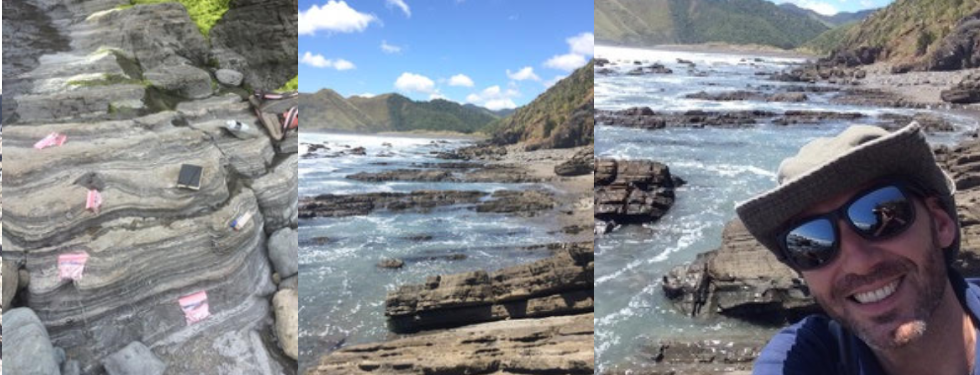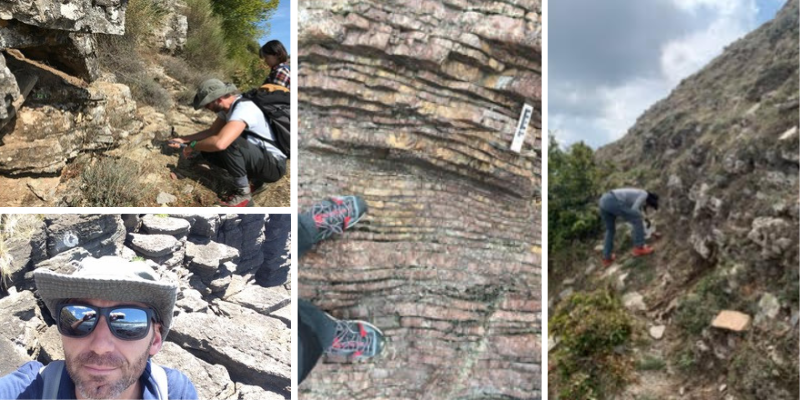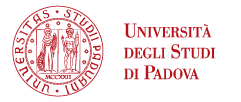A new oceanic anoxic event unveiled by a study led by Prof. Manuel Rigo

An international research team coordinated by Prof. Manuel Rigo, the Department of Geosciences of the University of Padua, has recently described a new oceanic anoxic event (OAE) at the Norian/Rhaetian boundary (Upper Triassic), approximately 206 million years ago, associated to significant extinctions of different groups of fossils.
This biodiversity decline is closely related to the spread of seafloor anoxic conditions at global scale, and is related to major perturbations of the organic carbon cycle with an increase in carbon dioxide (CO2) in the ocean-atmosphere system, probably degassed from the Angayucham magmatic province.

One possible mechanism implies that high levels of CO2 have caused global warming and the acceleration of the chemical-physical erosion of continental rocks with an enhanced input of nutrients into the oceans, and thus and increase of primary productivity.
Consequently, the increased production and subsequent oxidation of organic matter has led to a global decrease in dissolved oxygen in sea water and the spread of reducing conditions, with direct consequences to the biosphere, inducing extinctions of important fossil groups, such as bivalves, ammonoids, conodonts and radiolarians worldwide. This study was funded by MUR, PRIN PNRR - OCEANS (P2022K9BE8).
PRESS INFORMATION
PAPER: Unveiling a new oceanic anoxic event at the Norian/Rhaetian boundary (Late Triassic)
LINK: https://www.nature.com/articles/s41598-024-66343-z
DOI: https://doi.org/10.1038/s41598-024-66343-z





